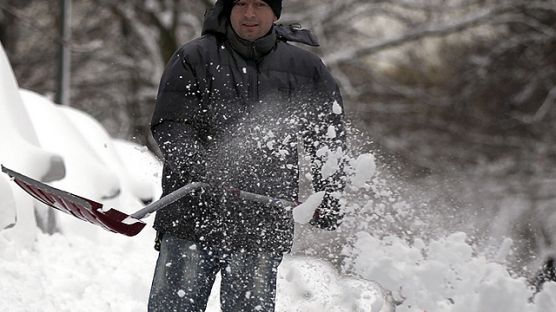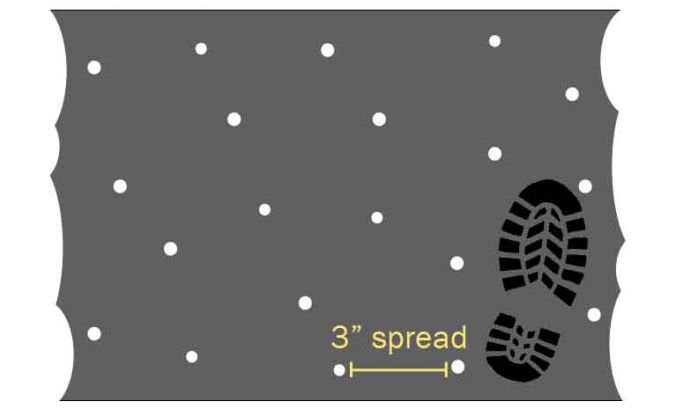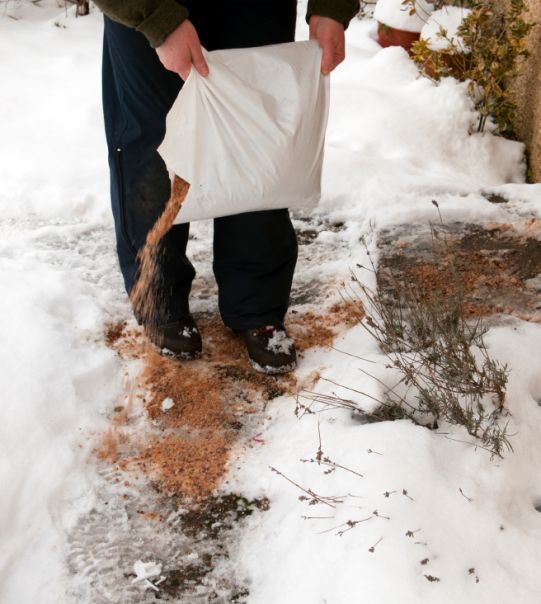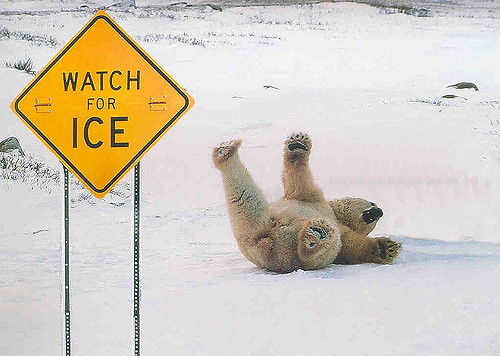Ready for Winter: Free Salt Measuring Cups
Did you know that one teaspoon of rock salt is enough to pollute 5 gallons of water? Once salt is introduced into our lakes and wetlands, it’s stuck in that water as it moves along to larger rivers and lakes. This changes the aquatic environment and harms our water resources over time. In addition to posing threats to water quality, salt causes damage to concrete and asphalt, potentially causing it to heave or crack.
This winter, join us in keeping our surfaces safe but limiting excess, keeping our lakes and surfaces on a “low-salt diet.”
What can you do?
1. Use tools first and soon after a snowfall.
This avoids compaction and ice build-up before it starts.

Photo: WCCO
2. Practice spot-treatment to target high traffic areas.
Ouch! We all know a nasty corner that attacks when carrying groceries. Targeting these spots helps put our focus where it counts, and spares the excess elsewhere.

3. Disperse salt evenly without piles.
More salt in the same spot doesn't melt more ice - the melt rate remains the same. To build a strategy in how fast melting can occur, take note on which products fit certain temperatures. The goal is to have little to no left-over once the melting is complete.

4. Don't apply dry salt to dry pavement.
This risks more salt being blown or kicked away, which doesn't prevent ice and adds more to the lake through runoff. Separate products for pre-treatment, or anti-icing, prevents ice before it starts. For a cost-effective pre-treatment, try a homemade brine by mixing salt and hot water. This same mixture also works as a de-icer, creating more contact with a surface and conserving salt use.

5. Sweep up extra salt and sand
When no longer needed (such as Spring), cleaning up surfaces prevents them from going into melt water running into the street and eventually, the lake. Sand is great for adding traction, but doesn't melt ice.

6. Help spread the word.
Download our Winter Clean Water Practices poster to print and disperse at your school, workplace, or community group.
So how much salt is OK to use? The Minnesota Pollution Control Agency encourages us to apply about 2 lbs. of salt per 500 ft2. A 12 oz. coffee cup is about 1 lb. of salt. For an average driveway (about 600 sq. ft.), up to 2 cups will do. A parked car typically covers about 150 ft2, requiring about a half of a lb. of salt at most. Practicing spot-treatment reduces this even more while still being effective. For more information on salt and water quality, visit the MPCA website or check out the Good Choices for Clean Water video.
Free Salt Measuring Cups
This winter, Cities and Townships within VLAWMO are helping distribute free salt cups for residents. Displays can be found at front desks - if they're not visible, ask a staff member and they may be in a different location or are being re-stocked.
To play a more active role in helping assess local salt use in our neighborhoods, and to keep up on your own salt use, take our brief, 3-question salt survey to add your input to our growing pool of data.
Finally, you can add your name and email to the bottom of the home salt survey to report your total winter salt cup tally, and receive an end-of-season synopsis on how salt was used over the winter.


